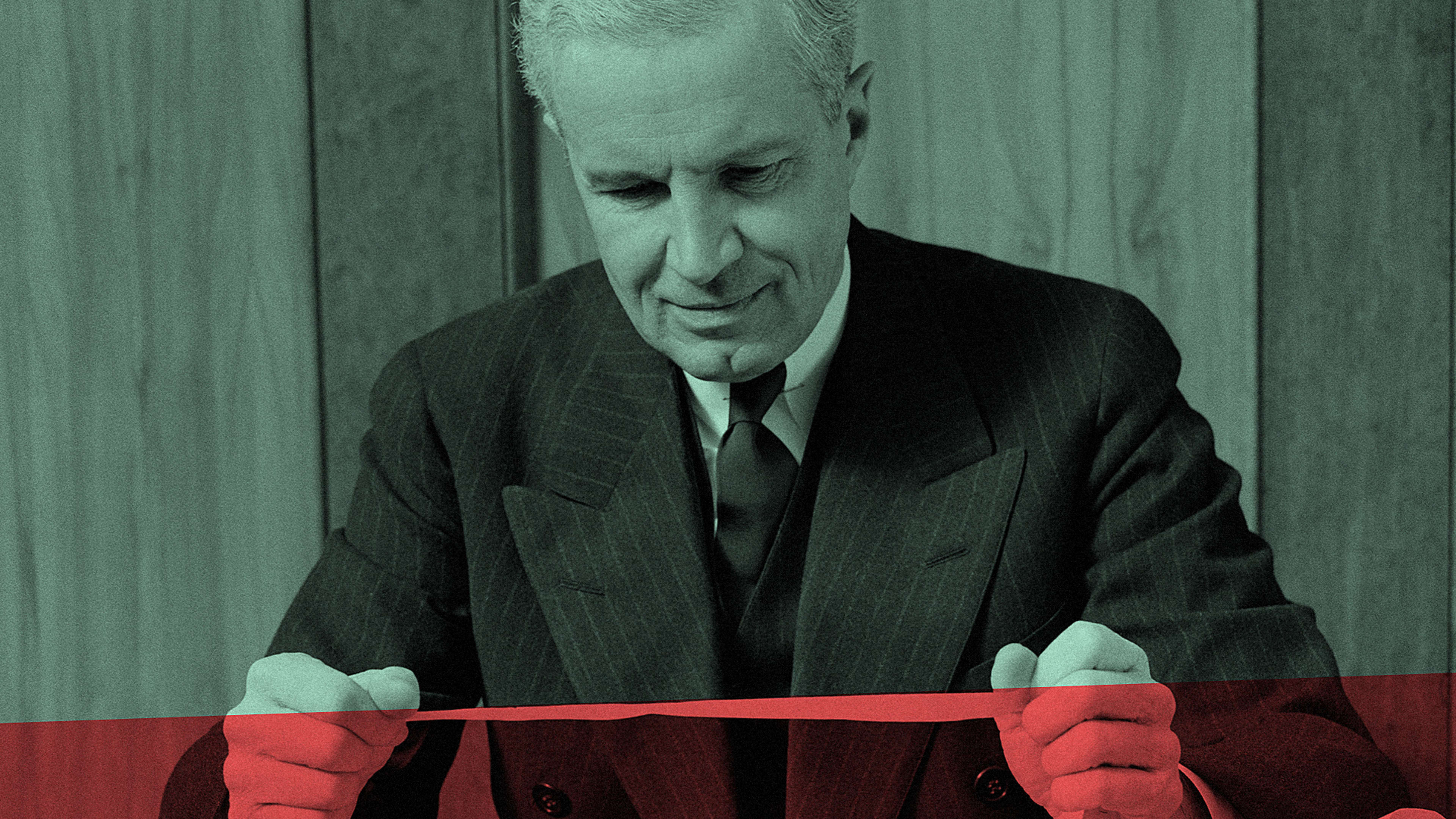In the 1970s, the great management theorist Peter Drucker famously said the gap between CEO pay and the rest of a company’s workers should be no more than 20-to-1. Any greater ratio, he argued, would inevitably lead to resentment and loss of morale among the rank-and-file. Today, those sort of expectations look quaint. Driven by Wall Street, CEO pay has been rising ever higher, even as incomes among the bottom half of earners have been stagnating. The latest figures, from leadership data firm Equilar, show typical CEOs at large public companies earned $11.5 million last year, an increase of 8.5% from the year before. Across the S&P 500, CEOs made 347 times more than average employees in 2016, according to separate numbers kept by the AFL-CIO. The ratio was just 46-to-1 in 1983, the union says.
The best-paid executives were in industrial goods (companies like 3M, Caterpillar, and GE) who had average pay of $13.2 million. The best-paid single executives tended to be in communications. Thomas Rutledge, CEO of Charter Communications, received $98 million, including stock options, Equilar says. Leslie Moonves, at the helm at CBS, made $68.6 million, while Robert Iger, at Walt Disney, made $41 million. All the numbers are estimates, because of the difficulty of estimating stock options. Ginni Rometty, at IBM, has been heavily criticized for her reported $33 million pay package, but some analysts reckon that her total remuneration could be worth as much as $50 million, depending on assumptions you make about future share performance.
Defenders of CEO pay argue that top executives–like top NBA or baseball players–operate in a separate market from everyone else. There are only so many managers capable of running large companies, just like there are only so many outfielders who can hit .300-plus consistently. Moreover, they say, CEOs earn their money by delivering returns to shareholders. Charter’s share price has risen more than 100 points in the last year, on the back of acquisitions of Time Warner Cable and Bright House Networks, for instance. But then CEO pay increases often don’t correlate with investor returns. Rometty has delivered five years of falling revenues and as little as 0.1% for investors over that time.

In 2013, the Securities and Exchange Commission started requiring companies to offer shareholders the right to protest executive pay awards. These “say-on-pay” votes, while only advisory, have led boards to reconsider whether CEOs are really worth what they claim. The AP notes that when higher numbers of shareholders express displeasure, it often results in a rethink. For example, automotive supplier BorgWarner last year saw 60% of share-votes either resisting or abstaining on its CEO pay package. It subsequently cut CEO James Verrier’s compensation from $2.4 million to just $950,000.
But the say-on-pay rules might not be around for long. Working with allies in Congress, the Trump Administration is trying to scale back the Dodd-Frank legislation that made such votes mandatory. It could also end a requirement for companies, starting this year, to report their CEO-to-median worker pay ratios, which also offer some leverage for shareholders (and outsiders) over the issue. For the moment, the long-running increases in CEO pay–and in CEO-to-worker ratios–look set to continue unabated.
Recognize your brand’s excellence by applying to this year’s Brands That Matter Awards before the final deadline, June 7.
Sign up for Brands That Matter notifications here.
